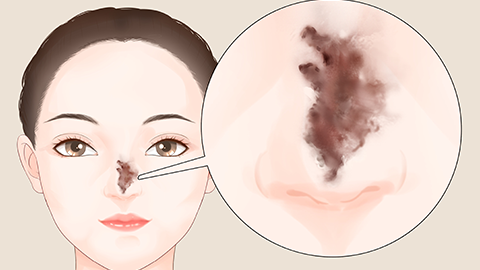How long does a rhinoplasty with implants last?
Augmentation rhinoplasty primarily changes the shape of the nose and achieves a more aesthetically pleasing appearance by implanting materials such as silicone or expanded polytetrafluoroethylene (ePTFE). The reference price for augmentation rhinoplasty typically ranges from 8,000 to 20,000 yuan per session, with visible improvement generally observed within 3 to 6 months. Augmentation rhinoplasty typically lasts 10 to 20 years, although the exact duration may vary. If any physical discomfort occurs, it is recommended to seek medical attention promptly and follow the physician's instructions for treatment.

If you wish to improve issues such as a flat nasal bridge or a rounded nasal tip, and are in good general health without any severe chronic illnesses—particularly no nasal infections or inflammation—you may be a suitable candidate for augmentation rhinoplasty. After the procedure, noticeable improvement is usually seen within approximately one to three months, although the exact timeframe may vary depending on individual physiology and the surgical technique used. Augmentation rhinoplasty typically lasts 10 to 20 years.
Under normal circumstances, silicone implants generally last about 10 to 15 years, while ePTFE materials tend to maintain stability for a longer period. Individuals with better physical conditions and appropriate post-operative care may experience longer-lasting results, potentially up to around 20 years. Additionally, the patient's psychological state is also important; having realistic aesthetic expectations and understanding of the surgical outcome is essential to avoid blindly pursuing perfection.
To ensure the safety and effectiveness of the procedure, it is recommended to consult and undergo surgery at a reputable hospital. Treatment should be scheduled based on individual health status and the physician's recommendations, with attention given to wound care and nasal protection after surgery.





